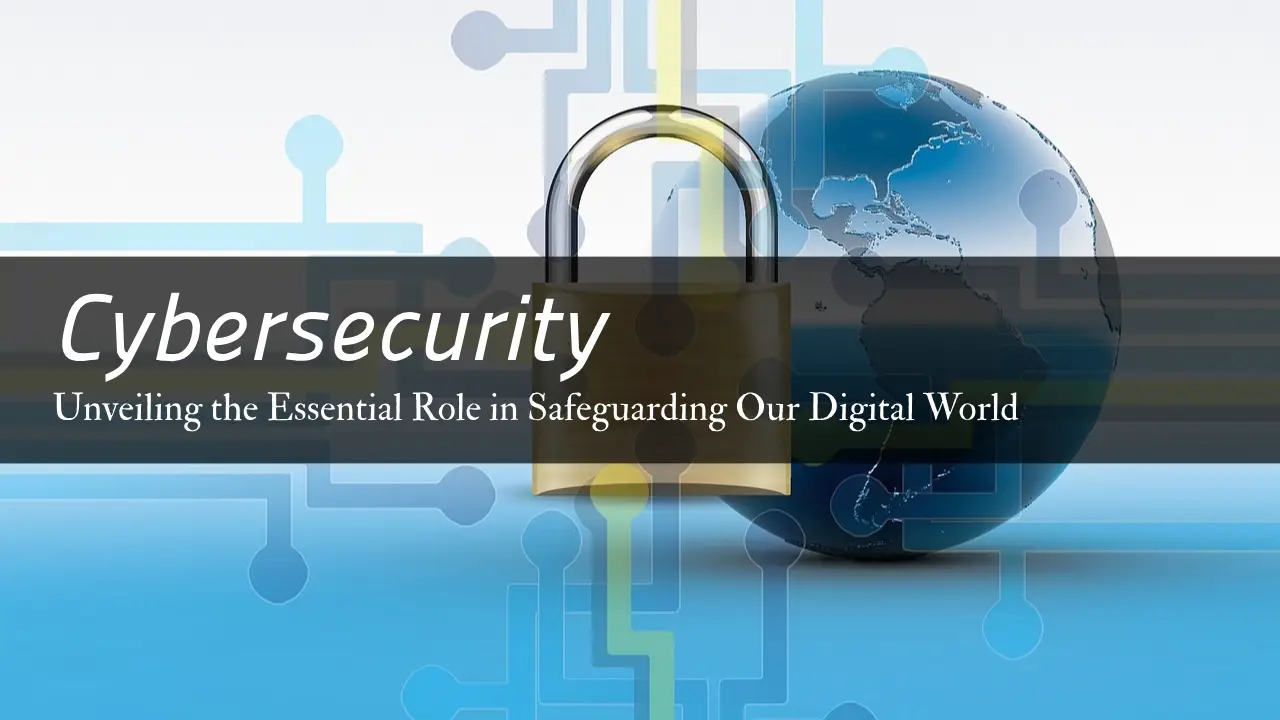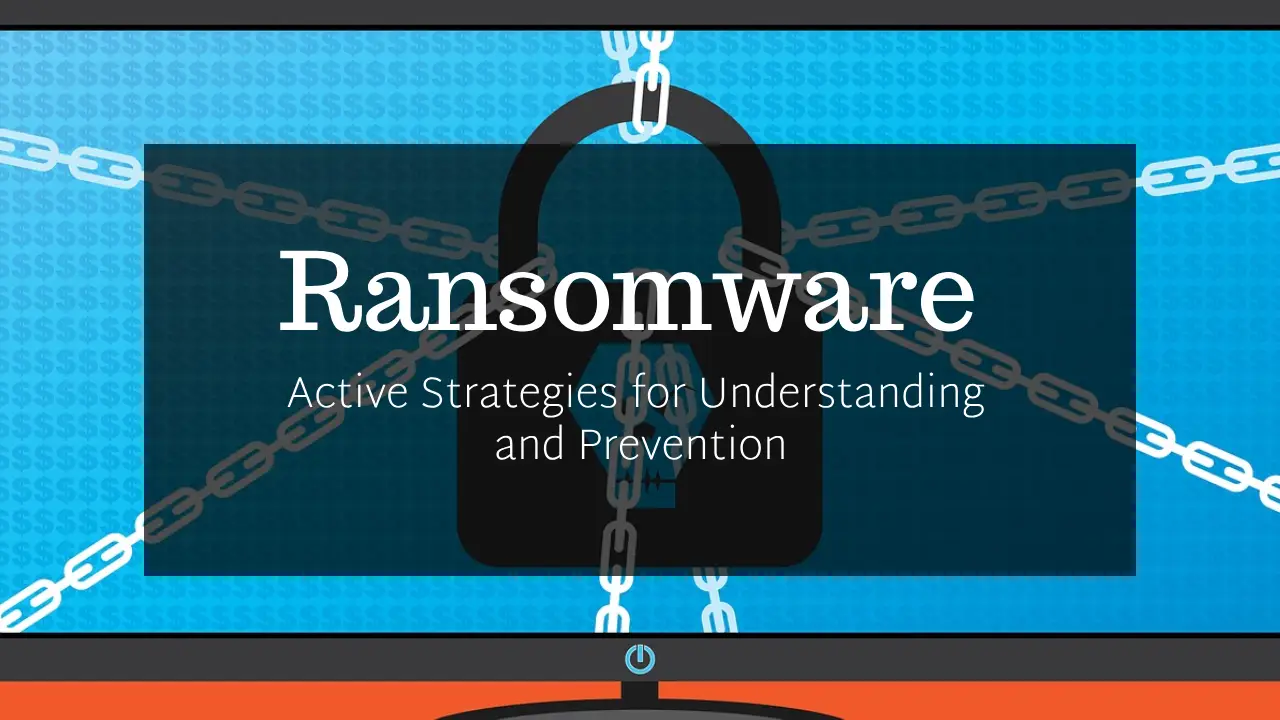In today’s interconnected digital landscape, the importance of cybersecurity cannot be overstated. As we increasingly rely on the internet for everything from banking to communication, the potential risks posed by cyber threats have never been more significant. This blog post delves into why cybersecurity is crucial, exploring its various facets and how it impacts both individuals and businesses.
Understanding Cybersecurity
Cybersecurity refers to the practices, technologies, and processes designed to protect networks, devices, programs, and data from attack, damage, or unauthorized access. It encompasses a wide range of practices, from securing personal data to protecting national security.
The Rising Threat Landscape
As technology evolves, so do the tactics of cybercriminals. From phishing scams and ransomware to sophisticated cyber espionage, the threat landscape is constantly changing, making it imperative for cybersecurity measures to evolve correspondingly.
Why is Cybersecurity Important?
Protecting Personal Information
One of the primary reasons cybersecurity is vital is the protection of personal information. Sensitive data like social security numbers, credit card information, and bank account details are coveted by cybercriminals. A breach in cybersecurity can lead to identity theft, financial loss, and a host of other issues.
Safeguarding Business Assets
For businesses, a cyber attack can be devastating. It can lead to the loss of critical data, financial loss, damage to the brand’s reputation, and legal consequences. Cybersecurity helps protect businesses from these threats, ensuring the confidentiality, integrity, and availability of data.
National Security Concerns
On a larger scale, cybersecurity is crucial for national security. Government systems house sensitive information related to the country’s infrastructure, defense, and citizen data. Cyber attacks on these systems can have far-reaching implications.
Key Elements of Cybersecurity
1. Network Security
This involves protecting a network from intruders, whether targeted attackers or opportunistic malware.
2. Application Security
Focusing on keeping software and devices free of threats. A compromised application could provide access to the data it’s designed to protect.
3. Information Security
This protects the integrity and privacy of data, both in storage and in transit.
4. Operational Security
Includes the processes and decisions for handling and protecting data assets. This involves permissions users have when accessing a network and the procedures that determine how and where data may be stored or shared.
5. Disaster Recovery and Business Continuity
This defines how an organization responds to a cyber-security incident or any other event that causes the loss of operations or data.
6. End-user Education
Users can unintentionally introduce viruses to a secure system by failing to follow good security practices. Teaching users to delete suspicious email attachments, not plug in unidentified USB drives, and various other important lessons is vital for the security of any organization.
Best Practices in Cybersecurity
To effectively combat the risks posed by cyber threats, adhering to best practices in cybersecurity is essential. This includes:
- Regular Software Updates: Keeping all software up to date, which includes security updates.
- Use of Strong Passwords: Encouraging the use of strong, unique passwords and considering the use of password managers.
- Implementing Multi-Factor Authentication: Adds an extra layer of security beyond just a password.
- Regular Backups: Ensuring data is regularly backed up so it can be restored in case of a cyber attack.
- Employee Training: Regularly training employees about the latest cybersecurity threats and how to avoid them.
- Incident Response Planning: Having a plan in place for how to respond to different types of cyber attacks.
The Future of Cybersecurity
As we look toward the future, the role of artificial intelligence (AI) and machine learning in cybersecurity is becoming increasingly significant. These technologies can help in the early detection of threats and quick response to breaches. However, they also open up new vulnerabilities that need to be guarded against.
Conclusion
In conclusion, cybersecurity is a critical component of our digital world, essential for protecting personal, business, and national interests. As the cyber threat landscape continues to evolve, staying informed and implementing best practices is paramount for maintaining security. By prioritizing cybersecurity, we can confidently embrace the advantages of the digital age while minimizing its risks.




